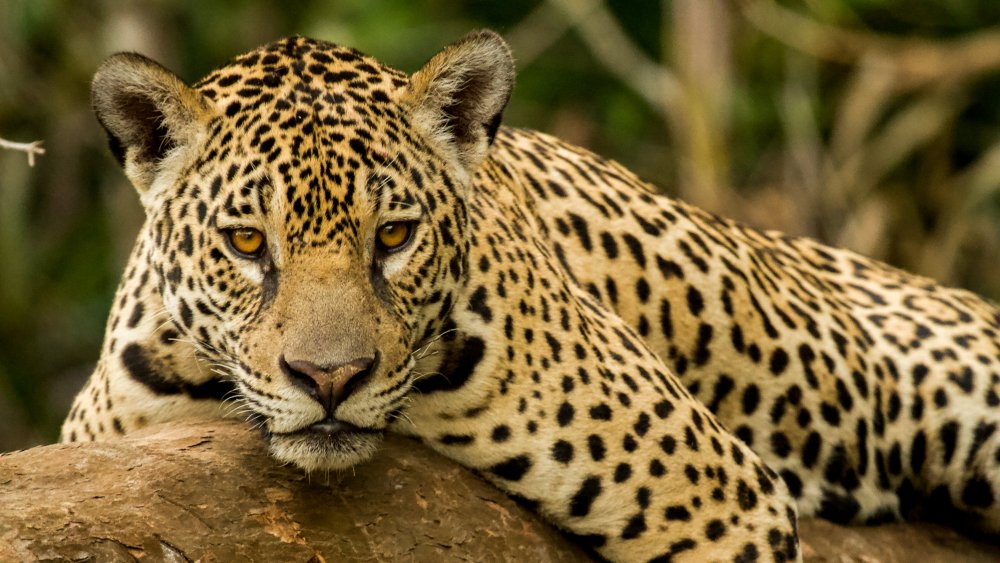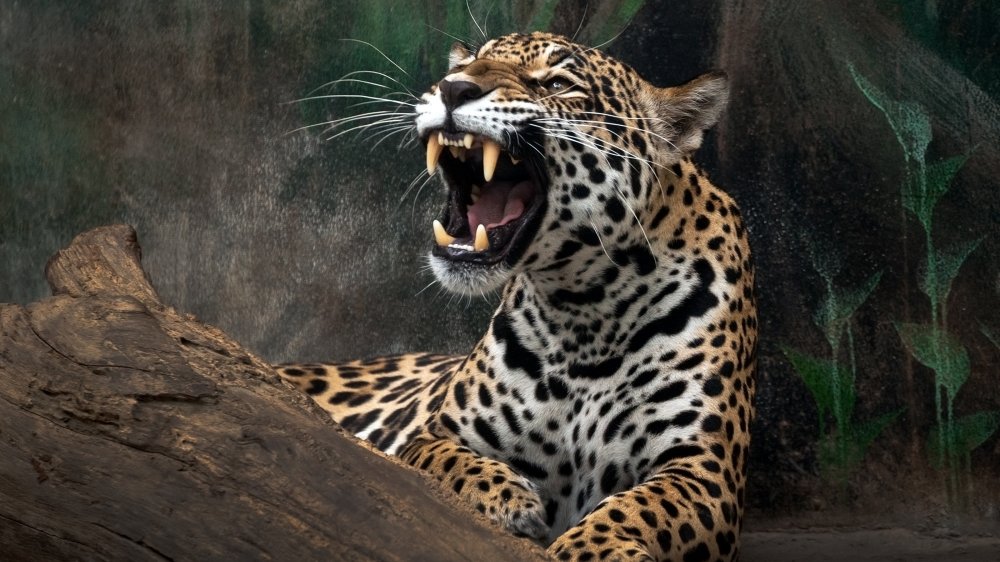The Cat Breed With The Strongest Bite
In Austin Powers: The Spy Who Shagged Me, we learn that Dr. Evil's Mini-Me would bite. "He's a biter," said Young Number Two, holding up a bandaged right hand. "He bites." Anybody who's ever been bitten by another human being knows it's nothing to sneeze at. (We're talking about biting-to-do-damage, not, well, other kinds of biting.) Researchers generally take the stance that if it can't be measured, it isn't worth knowing. Other researchers will say everything can be measured if you use the right kind of ruler. And so, yes, there are people out there, bless their hearts, who measure things like bite force in various creatures — including human beings.
And humans are not particularly impressive on this particular scale. The Mysterious World reports that the average human bite can deliver about 160 pounds per square inch (psi). Fortunately, we also have things like massive brains and opposable thumbs and neighborhood hardware stores to help even the score.
Because, frankly, 160 psi ain't nothin' in the animal kingdom. The National Center for Biotechnology Information has the whole nine yards about how calculations are performed to determine bite force in dogs and cats. Factor in placement and condition of muscles, the state of the teeth, and the animal's motivation — is it mad? — and the numbers start to stack up. Some of those numbers are very impressive indeed.
Smaller, but mightier
It's probably no surprise larger predators in the wild can summon up really significant bites. Taking the first bite out of the food chain would be the Nile crocodile, with a bite force of 5,000 psi. Saltwater crocs weigh in at 3,960 psi. The hippopotamus can muster up 1,850 psi. If we limit comparisons to just cats, the numbers are smaller, but still impressive. Lions are a relatively puny 650 psi. Tigers can summon up 1,050 psi, which doesn't surprise anyone who's watched Tiger King. But if you factor in size, the biggest bite-for-the-buck is delivered by the jaguar: 2,000 psi from a cat that tops out at around 200 pounds for the male. About a third the size of a tiger. About twice the bite strength.
BBC Wildlife Magazine agrees. According to Adam Hartstone-Rose of the University of South Carolina, "The strength of the jaguar's bite is due to the arrangement of its jaw muscles, which, relative to weight, are slightly stronger than those of other cats. In addition – also relative to weight – its jaws are slightly shorter, which increases the leverage for biting."
The National Center for Biotechnology Information has the whole nine yards about how calculations are performed to determine bite force in dogs and cats. Factor in placement and condition of muscles, the state of the teeth, and the animal's motivation. If it's a mad jaguar, make sure your insurance is paid up.

